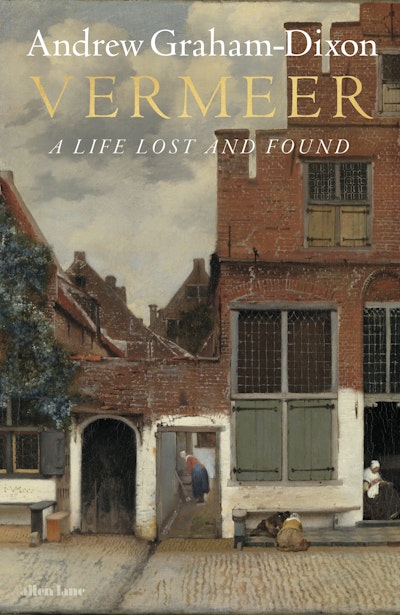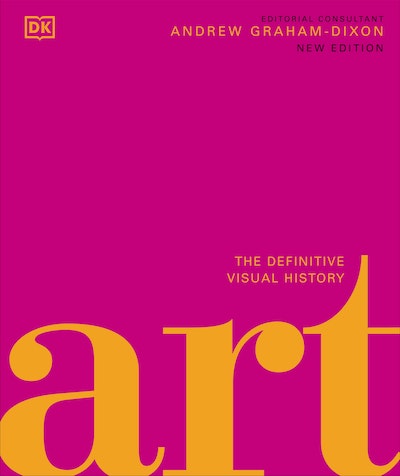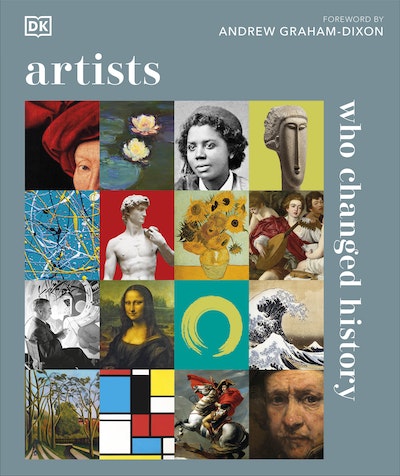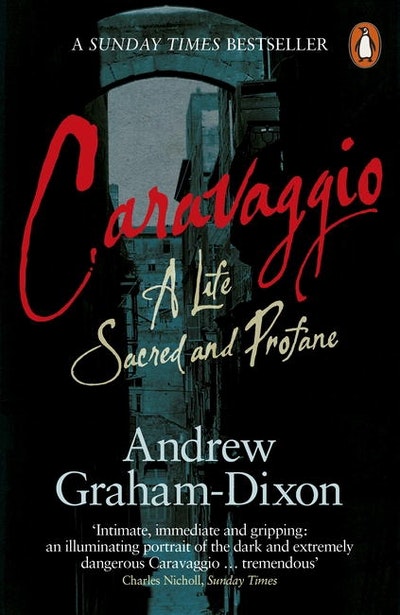Vermeer
A Life Lost and Found
- Published: 23 October 2025
- ISBN: 9780141974903
- Imprint: Penguin eBooks
- Format: EBook
- Pages: 416
Andrew Graham-DIxon is that rare thing - a tireless scholar and critic who looks beyond the analysis and appreciation of art into its very soul ... [his] book seems to be driven by what other works on the artist lack: passion. Anyone who loves art with warm to the beguiling, personal nature of this beautifully written narrative ... this is art history as an imaginative leap into a world in which the enlightenment was the only bulwark against chaos, and toleration was - and still is - necessary for civilisation.
Bel Mooney, Scottish Mail
Densely researched and highly original .... this book is an extraordinary portrait, flooded with light and colour, and a splendid unfolding of the pressure of meaning in everyday life; in other words, it emulates the special charge of Vermeer’s paintings
Kathryn Murphy, Literary Review
Eloquently argued, engagingly written and ultimately rather moving
Michael Hall, Country Life
Striking ... bold ... a staggering feat of art-historical detection that reinterprets the painter's entire career
ROSA Magazine
This book is going to revolutionize the way we understand Vermeer. I read it slowly, feeling 'like some watcher of the skies when a new planet swims into his ken'. How extraordinary to realise that things are not the way you have imagined all your life
Peter Carey, twice winner of the Booker Prize
Vermeer: A Life Lost and Found is a powerfully persuasive investigation into the intellectual and devotional world of Vermeer and his circle. Painting by painting, the riddle of the Sphinx is masterfully unravelled ... [Andrew Graham-Dixon] trawls the archives, lays out new evidence, links pictures never linked before, and teases new meaning from signs, symbols and sitters ... His reading of the paintings is revelatory
Laura Freeman, The Times
Andrew Graham-Dixon brings fresh archival detective work to the Dutch master - tracing his elusive patrons, unravelling the quiet power of their faith and rediscovering the exact Delft doorway captured in a beloved masterpiece
Sotheby's Magazine
Andrew Graham-Dixon places Vermeer's work in the context of its time. He convincingly makes clear that Vermeer's paintings are not simply atmospheric genre pieces, but coded works with a deeply religious meaning. In doing so, he presents a completely new vision of the artworks of Vermeer
Professor Paul Abels, Leiden University
Challenging existing scholarship, Graham-Dixon has a radical new sense of Vermeer [that] focuses afresh on the artist’s social networks and the history and religion of the Dutch Republic
Sam Phillips, Arts Society Magazine
Graham-Dixon is an experienced and diligent writer on art, and the book contains much absorbing factual information about Vermeer's mysterious life and his circle ... [it] attempts to return Vermeer to his own period
Philip Hensher, Financial Times
Graham-Dixon puts forward a revolutionary theory... Right, or wrong, it is a theory that will change the way people look at that famous pearl earring, as well as at the painter’s other luminous portraits of lone women
Vanessa Thorpe, Observer
Riddles, mysteries, an enigmatically smiling woman with a single earring ... Johannes Vermeer has foxed art historians for centuries. Precious little survives in the archives; the 30-odd paintings he left are as elusive as they are beautiful. Andrew Graham-Dixon lets the light in. Painting by painting, codes are cracked and symbols give up their secrets ... this is a powerfully persuasive and grippingly told new interpretation of Vermeer and his miraculous pictures
Laura Freeman, The Times, Books of the Year
This is a phenomenal book. The research and originality are staggering, suddenly creating a coherent character simply out of understanding the religious, social and political setting properly. I was utterly absorbed by it
Diarmaid MacCulloch, author of <i>Lower than the Angels</i>
With the skill of a good showman and the meticulousness of a scholar, [Graham-Dixon] .... sets out to illuminate the elusive life of Johannes Vermeer [and] to solve the riddle of the ''Girl'' herself .... In his quest to decode Vermeer's work, he draws together a piercingly analytical gaze and some well-informed speculation ... There are few better writers to take on the task
Evgenia Siokos, Telegraph






